Updated: 2nd August 2025
Randonneur bikes represent a fascinating intersection of cycling history, engineering, and endurance philosophy. These distinctive machines were purpose-built for long-distance cycling events and continue to captivate riders who appreciate both classic design and practical functionality. Whether you’re curious about their origins or considering adding one to your stable, this comprehensive guide covers everything you need to know about randonneur bikes.
What Is a Randonneur Bike?

A randonneur bike is a specialized bicycle designed specifically for randonneuring—long-distance endurance cycling events typically covering 200km or more. These endurance cycling events originated in France during the 1890s, with events typically ranging from 200 km (125 miles) to 1,200 km (750 miles) and usually completed in one or two days.
Randonneur bikes occupy a unique position between dedicated road racing bikes and touring bicycles. They’re engineered to be fast enough for timed events while comfortable enough for extremely long distances, often carrying essential gear for self-supported rides. The design philosophy centers around creating a well-balanced, efficient machine that can handle front-loaded luggage while maintaining excellent handling characteristics.
The Rich History of Randonneuring
Origins and Early Development
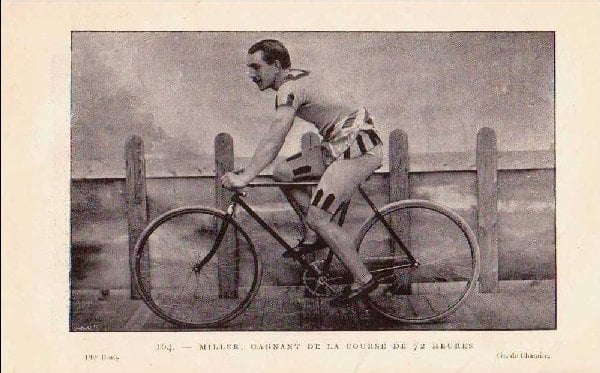
Randonneur cycling has a long and illustrious history dating to the earliest organized cycling events in Europe. The most iconic event, Paris-Brest-Paris (PBP), started in 1891 and is the oldest bicycling event that is still regularly run. Initially created as a race for professional cyclists, PBP evolved into the non-competitive endurance challenge we know today.
The sport’s roots trace back to the late 19th century when cycling was becoming a popular form of both recreation and competition. When riders participate in randonneuring events, they are part of a long tradition that goes back to the beginning of the sport of cycling in France and Italy. French cycling clubs began organizing these long-distance events to test both rider endurance and bicycle reliability.
Evolution Through the Decades
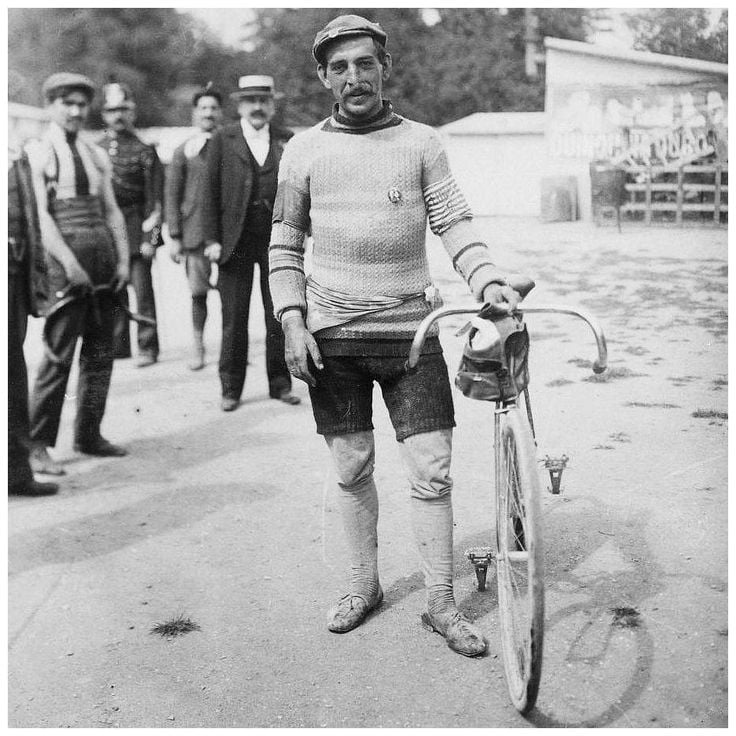
The governing structure of randonneuring has evolved significantly over time. The Randonneuring part of PBP had been governed by Audax Club Parisien (ACP) since the 1930s. In 1975 the Audax and Allure libre groups split up and formed two different PBP events. This split reflects the ongoing debate within the randonneuring community about pacing, competition, and the true spirit of these events.
During the golden age of French bicycle construction (roughly 1930s-1970s), master frame builders like René Herse, Alex Singer, and Cycles Gouin developed the classic randonneur bike geometry and features that still influence modern designs. These bikes made cyclists re-evaluate front-end geometries and wide tires, becoming the ancestors of modern endurance and gravel bikes.
Key Characteristics of Randonneur Bikes
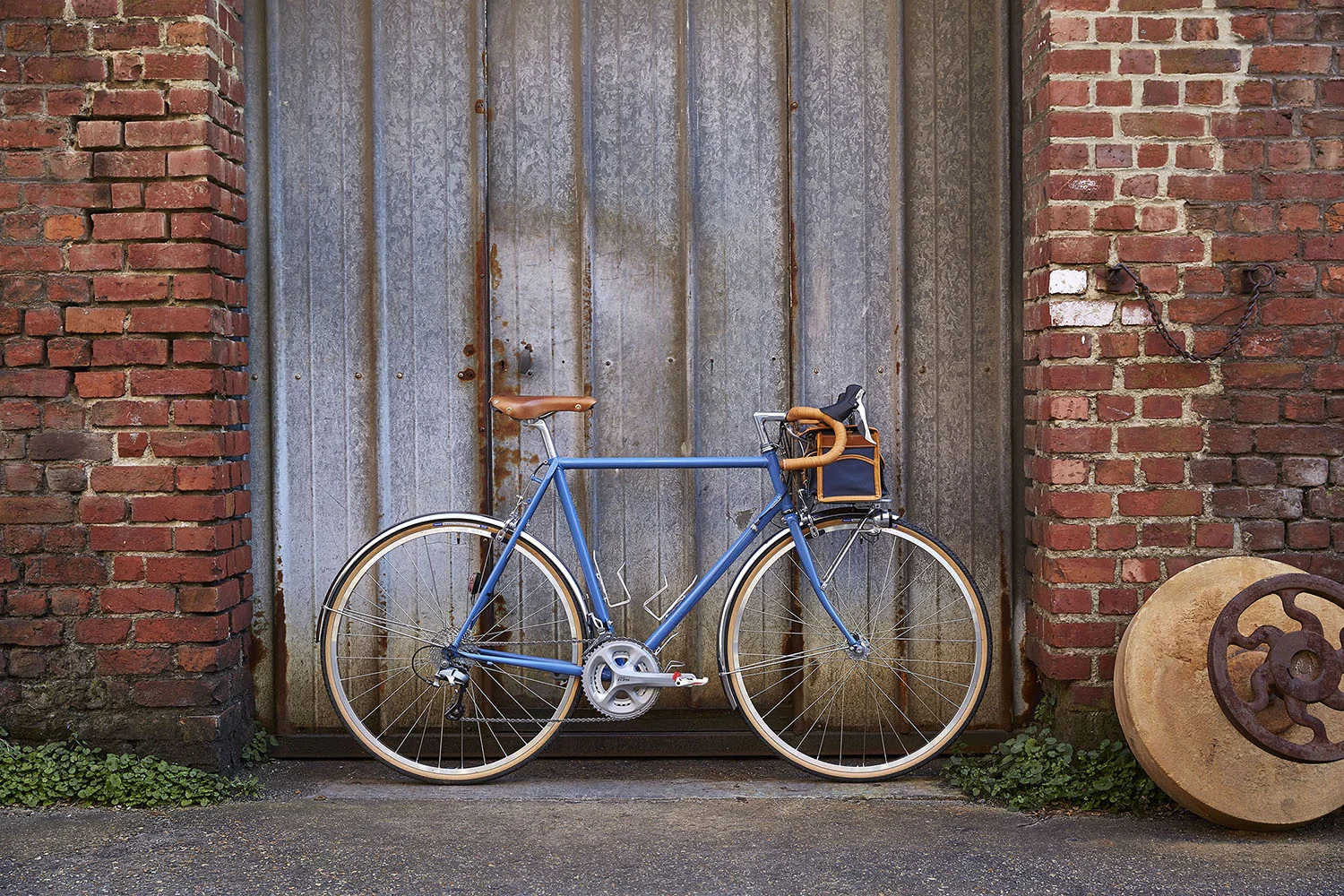
Frame Geometry: The Foundation of Comfort
The most distinctive feature of a randonneur bike is its specialized geometry, particularly the front end. These bikes typically feature:
- Low Trail Geometry: Average head tube angles combined with very large fork offsets (rake), creating what’s known as “low trail.” This geometry allows the bike to handle well even with a heavy front load.
- Relaxed Frame Angles: Designed for comfort over long distances rather than aggressive racing positions
- Longer Wheelbase: Provides stability and a smoother ride quality
Essential Features

Frame Construction: Traditionally built with lightweight steel frames using high-quality chromoly tubing. Modern versions often use 4130 double-butted lightweight chromoly steel with thin tubes for optimal ride quality.
Drivetrain: Triple chainsets with moderately low gearing to handle varied terrain while loaded. Many modern builds use compact double cranksets with wide-range cassettes.
Tire Clearance: Medium-width tire compatibility, typically accommodating 28-35mm tires, with many modern versions accepting up to 42mm or larger.
Luggage Capacity: Purpose-built mounting points for front racks and the ability to carry lightweight luggage efficiently.
Lighting and Weather Protection: Integrated mounts for dynamo lighting systems, mudguards (fenders), and other weather protection accessories.
The Science of Low Trail
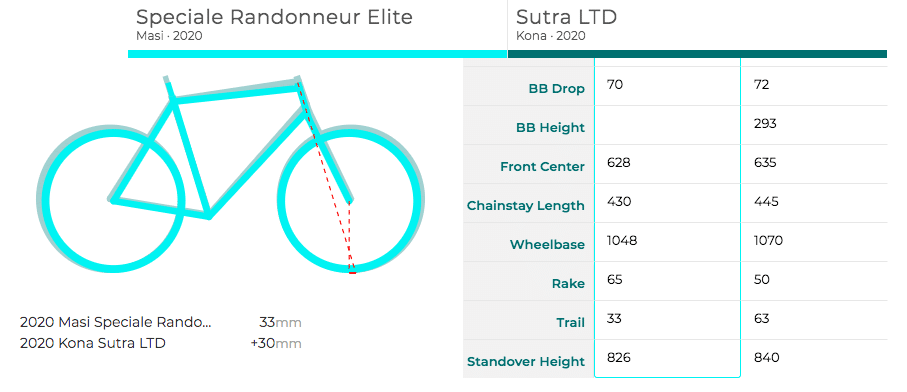
The low trail geometry deserves special attention as it’s what makes randonneur bikes unique. Trail is the distance between where the front wheel contacts the ground and where the steering axis intersects the ground. Lower trail numbers (typically 35-55mm on randonneur bikes versus 55-65mm on racing bikes) create a bike that:
- Responds more readily to steering input
- Remains stable with front-loaded bags
- Provides better handling at lower speeds
- Offers improved comfort on long rides
Randonneur Bikes vs. Touring Bikes: Understanding the Differences

While both randonneur and touring bikes are designed for long-distance cycling, they serve different purposes and have distinct characteristics:
Design Philosophy
Randonneur bikes are built for timed, self-supported endurance events where speed and efficiency matter. They prioritize being fast enough to complete events within time limits while carrying minimal essential gear. The emphasis is on performance within comfort constraints.
Touring bikes are designed for multi-day bicycle touring where you’re carrying everything you need for extended travel, including camping gear, clothes, food, and tools. They prioritize load-carrying capacity and durability over speed.
Geometry Differences
Randonneur bikes feature the distinctive low trail geometry optimized for front-loaded bags, maintaining sporty handling characteristics. The riding position is more aggressive than touring bikes but more relaxed than racing bikes.
Touring bikes typically have more upright geometry with higher trail figures, longer chainstays, and more relaxed angles throughout. They’re optimized for stability under heavy loads distributed front and rear.
Load Carrying
Randonneur bikes are designed to carry lightweight gear in specific configurations—typically a large handlebar bag (rando bag) supported by a small front rack, with minimal rear carrying capacity.
Touring bikes can carry substantial loads using four panniers (front and rear), trailer capability, and robust rack systems. They’re built to handle 40-80+ pounds of gear.
Speed and Efficiency
Randonneur bikes maintain road bike-like efficiency and speed capabilities, allowing riders to cover 200-400+ kilometers in a day while carrying essential supplies.
Touring bikes sacrifice some speed for load capacity and comfort, typically operating at more leisurely paces suited to sight-seeing and exploration.
Comprehensive List of Randonneur Bikes
Premium Custom and Semi-Custom Options
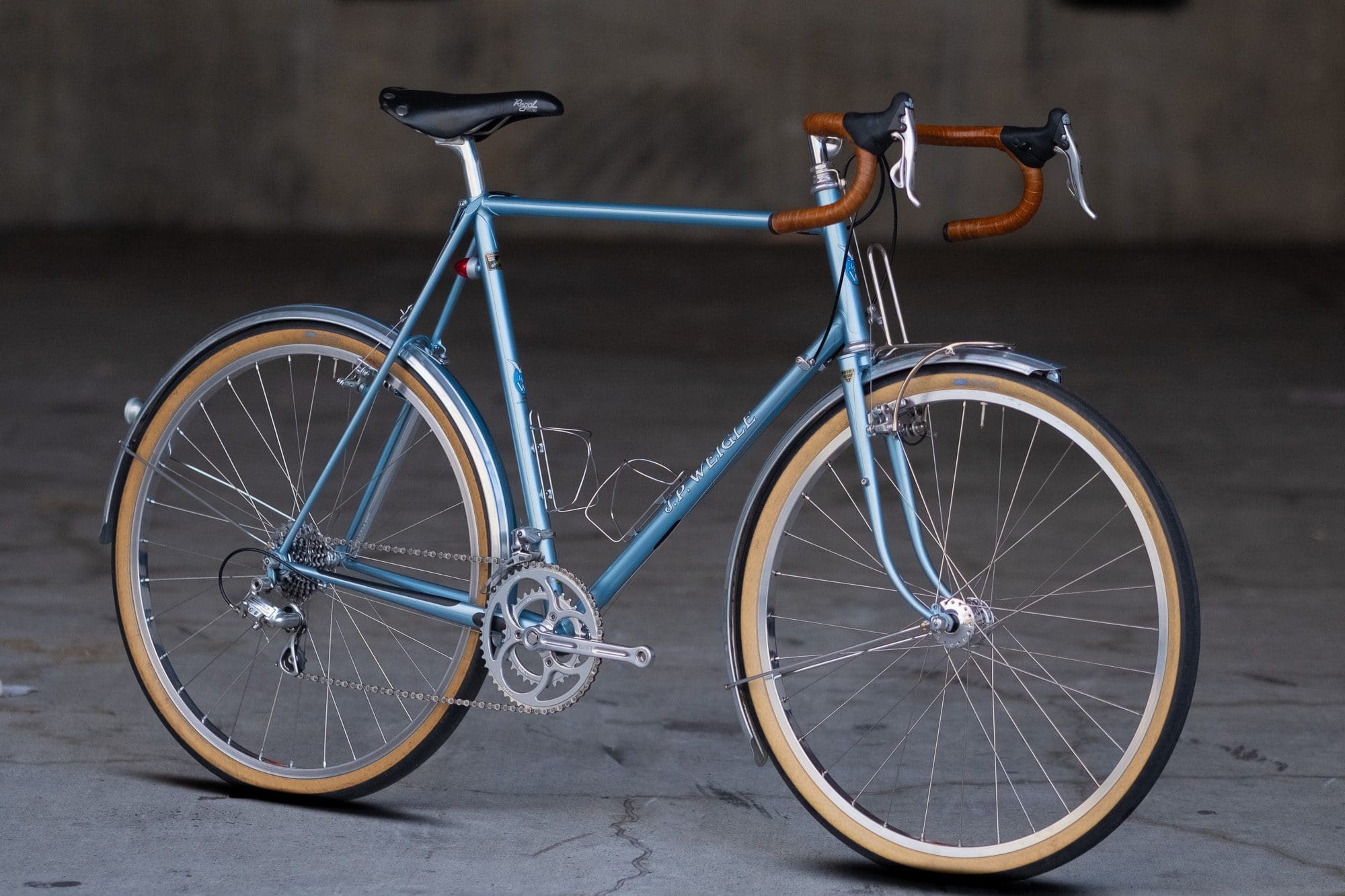
JP Weigle Randonneur JP Weigle builds some of the most respected custom randonneur bikes in North America. These hand-built frames feature classic proportions with modern materials and construction techniques. Each bike is tailored to the rider’s specific needs and measurements, incorporating traditional lug work and careful attention to ride quality. Weigle’s reputation for creating bikes that handle beautifully with front loads makes these highly sought after among serious randonneurs.
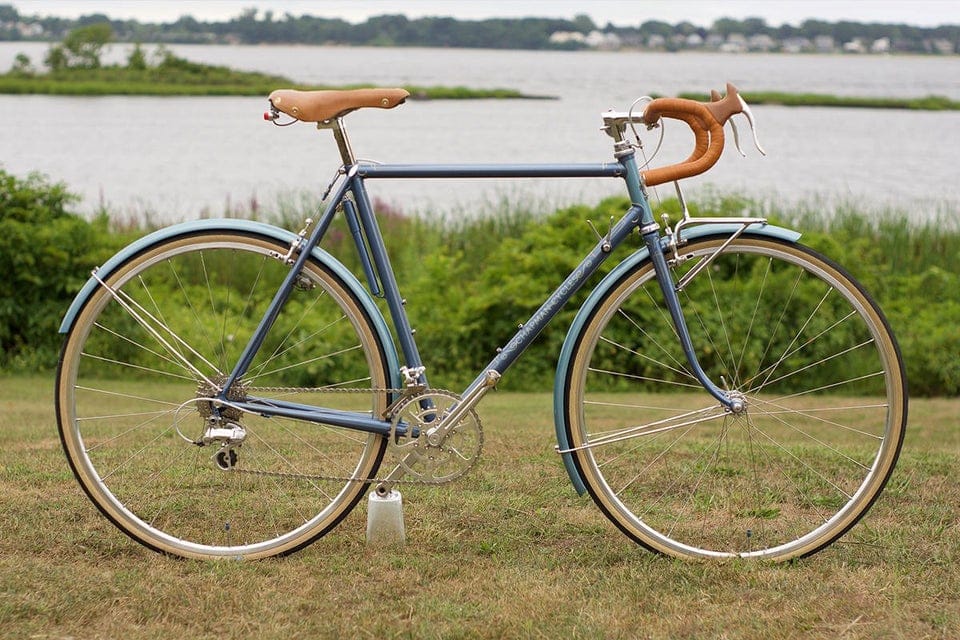
Chapman Cycles Randonneur Chapman Cycles creates elegant randonneur bikes with a focus on classic aesthetics and modern performance. Their frames feature carefully selected tube sets and geometry optimized for long-distance comfort. Chapman builds are known for their attention to detail in both construction and finishing, often incorporating traditional elements like lugged construction with contemporary touches.

La Fraise Cycles Randonneur 650b La Fraise specializes in 650b randonneur bikes that blend French constructeur tradition with modern reliability. These bikes feature the classic low trail geometry that made French randonneur bikes legendary, adapted for contemporary components and riding styles. The 650b wheel size provides an ideal balance of comfort, speed, and handling characteristics.
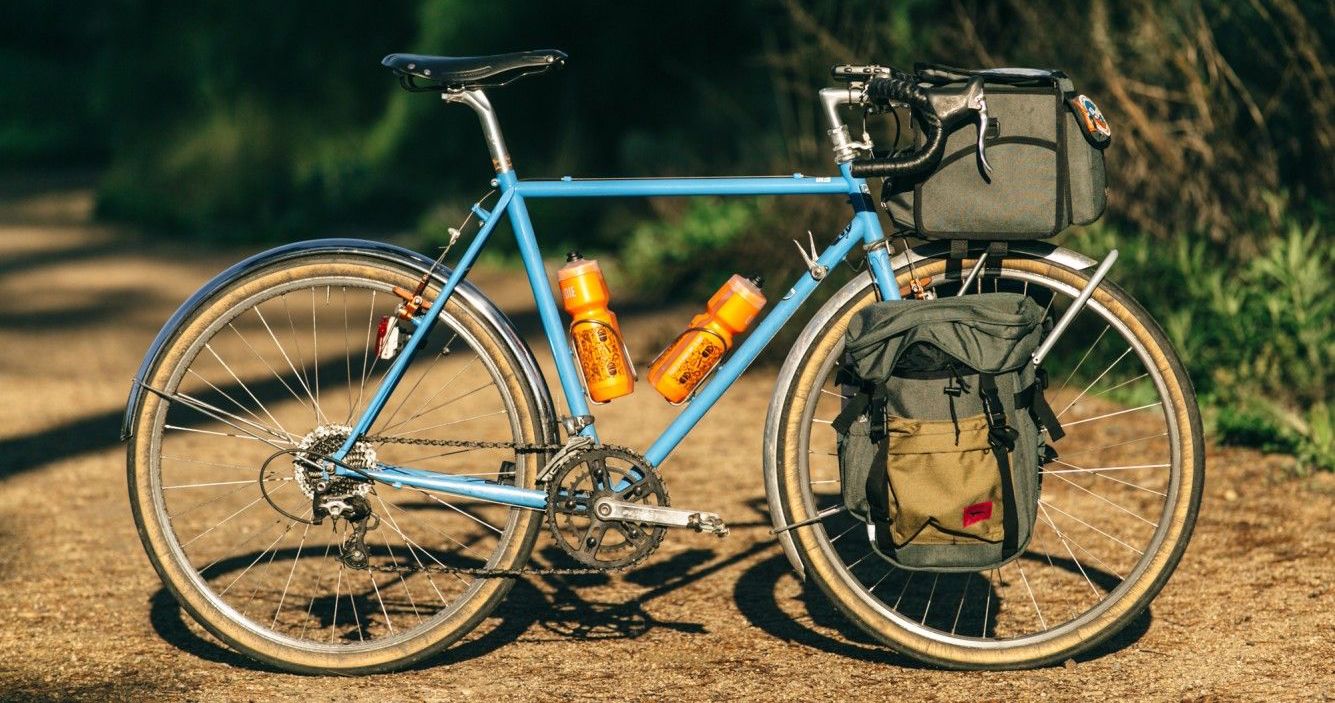
Box Dog Pelican Randonneur Box Dog builds distinctive randonneur bikes with a focus on practical performance and classic styling. The Pelican model incorporates thoughtful details like integrated fender mounts, dynamo routing, and optimized geometry for front-loaded touring. These bikes are designed for riders who want traditional randonneur capabilities with modern reliability.
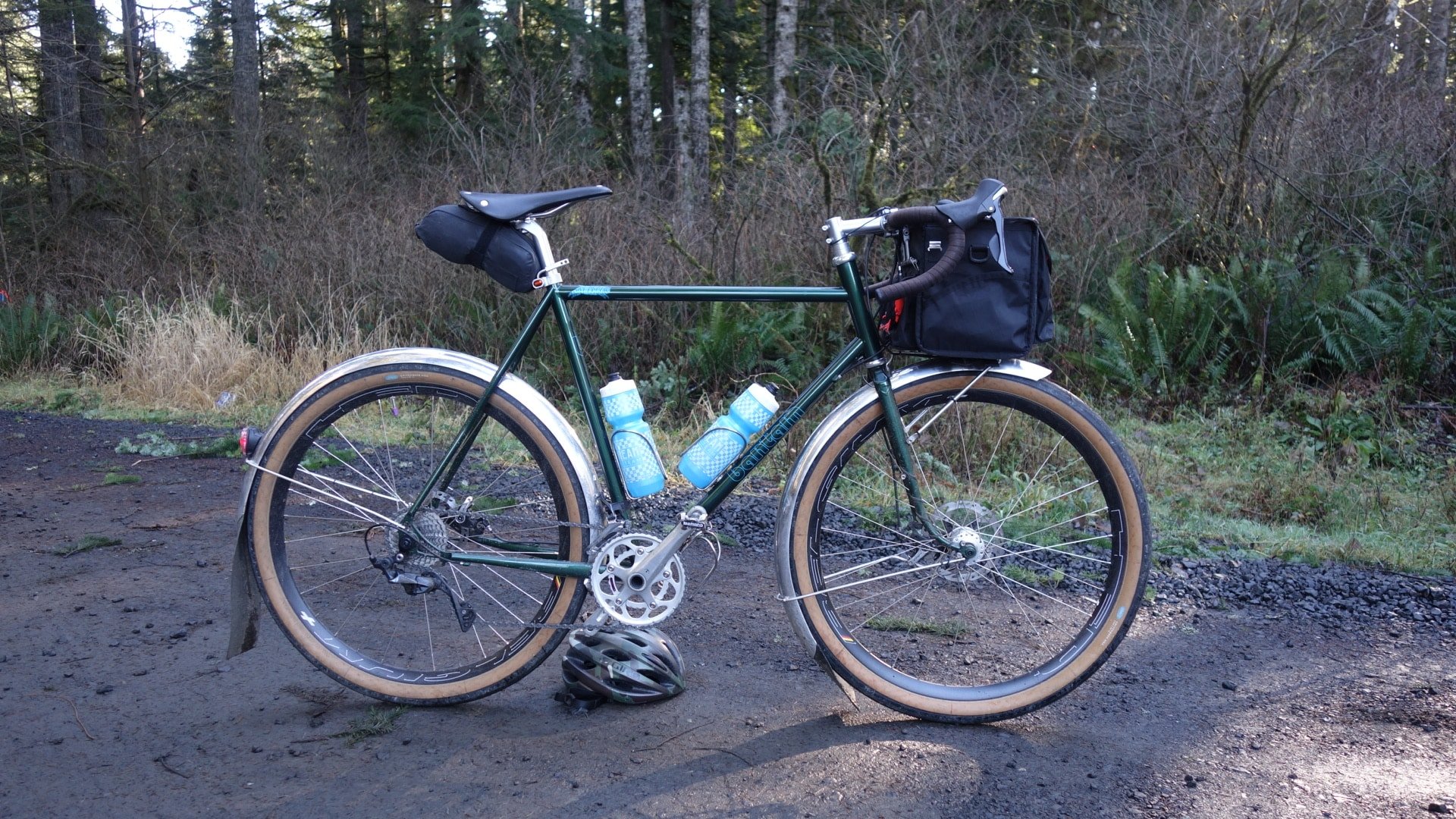
Bantam Bicycle Works Custom 650b Randonneur Bantam creates custom 650b randonneur bikes with an emphasis on fit and function. Their builds typically feature high-quality steel construction with careful attention to geometry and component selection. Bantam’s approach focuses on creating bikes that excel in real-world randonneuring conditions while maintaining classic aesthetic principles.
Production and Semi-Production Models
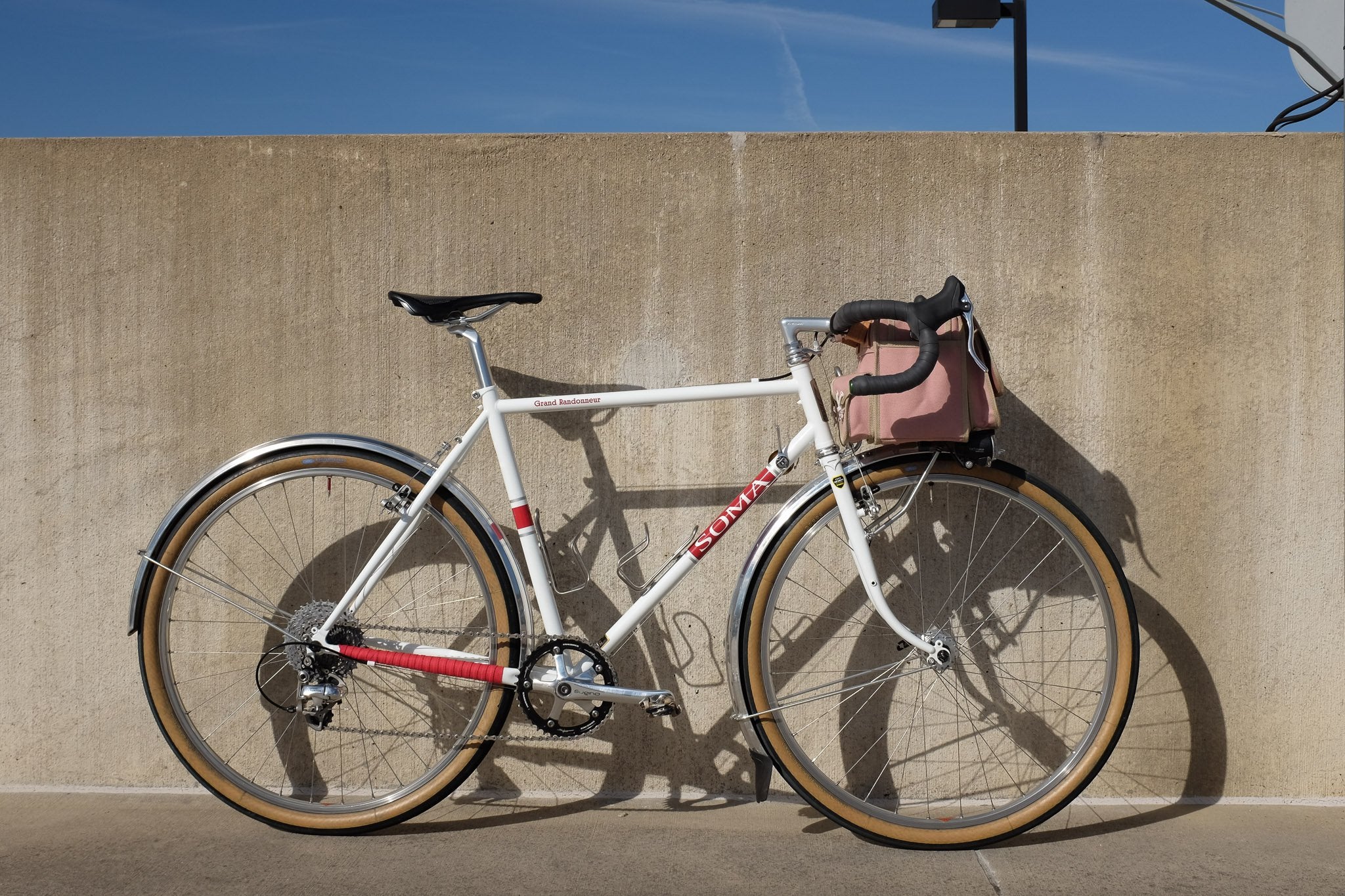
Soma Grand Randonneur The Soma Grand Randonneur is a svelte road frame optimized to carry a front load, equipped with rear rack mounts but feeling best with a loaded front mini rack or handlebar bag. Available in both rim brake and disc brake versions, these bikes offer excellent value for riders wanting classic randonneur geometry without custom frame costs. Recent builds feature modern drivetrains like 10-speed Ultegra with compact chainrings and wide-range cassettes.
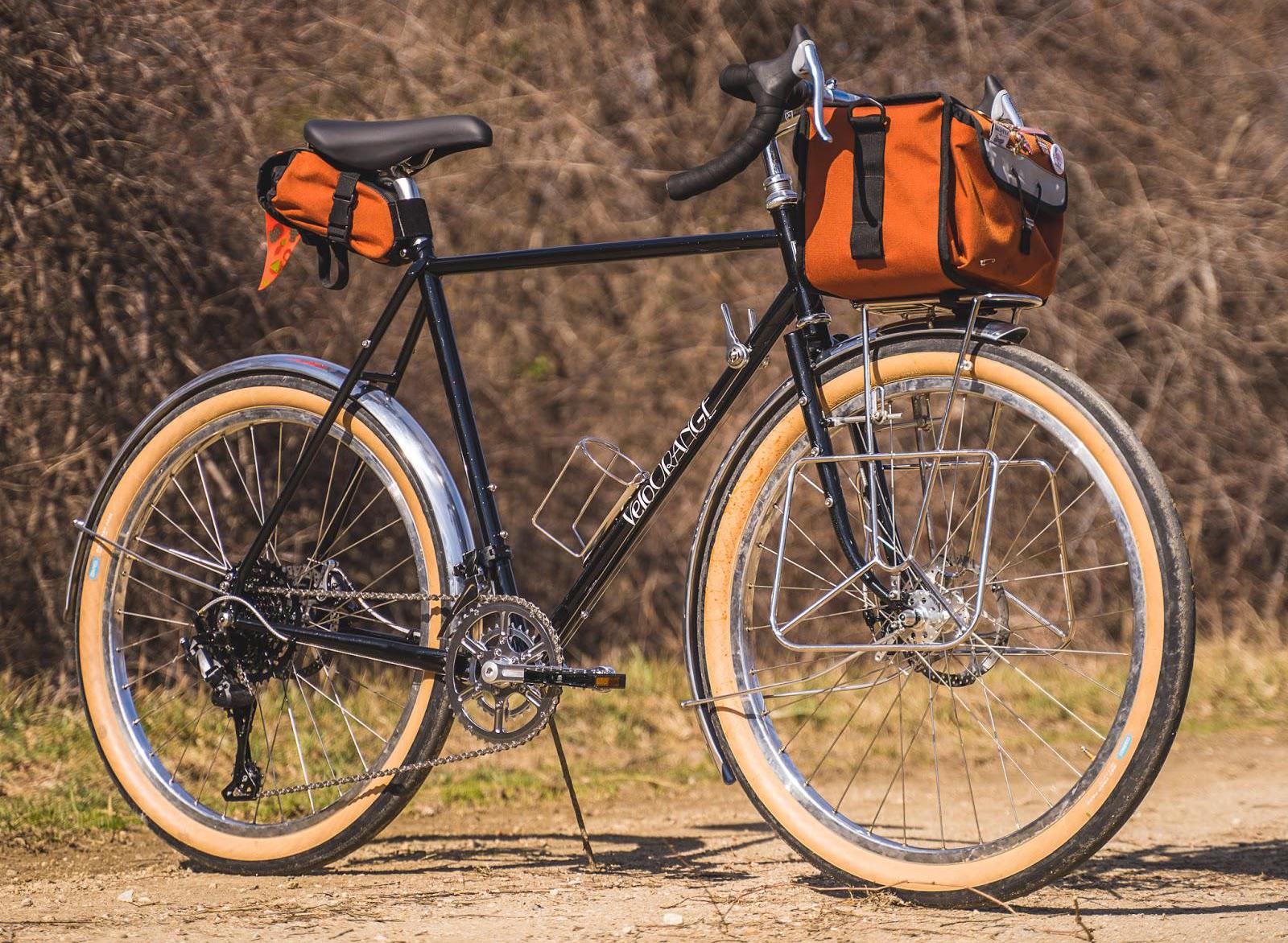
Velo Orange Polyvalent The Velo Orange Polyvalent represents excellent value in the randonneur category, offering classic geometry at an accessible price point. Built with quality steel tubing and featuring mounts for racks, fenders, and dynamo lighting, the Polyvalent can handle everything from daily commuting to long brevets. Its versatile design makes it suitable for various riding styles while maintaining true randonneur capabilities.
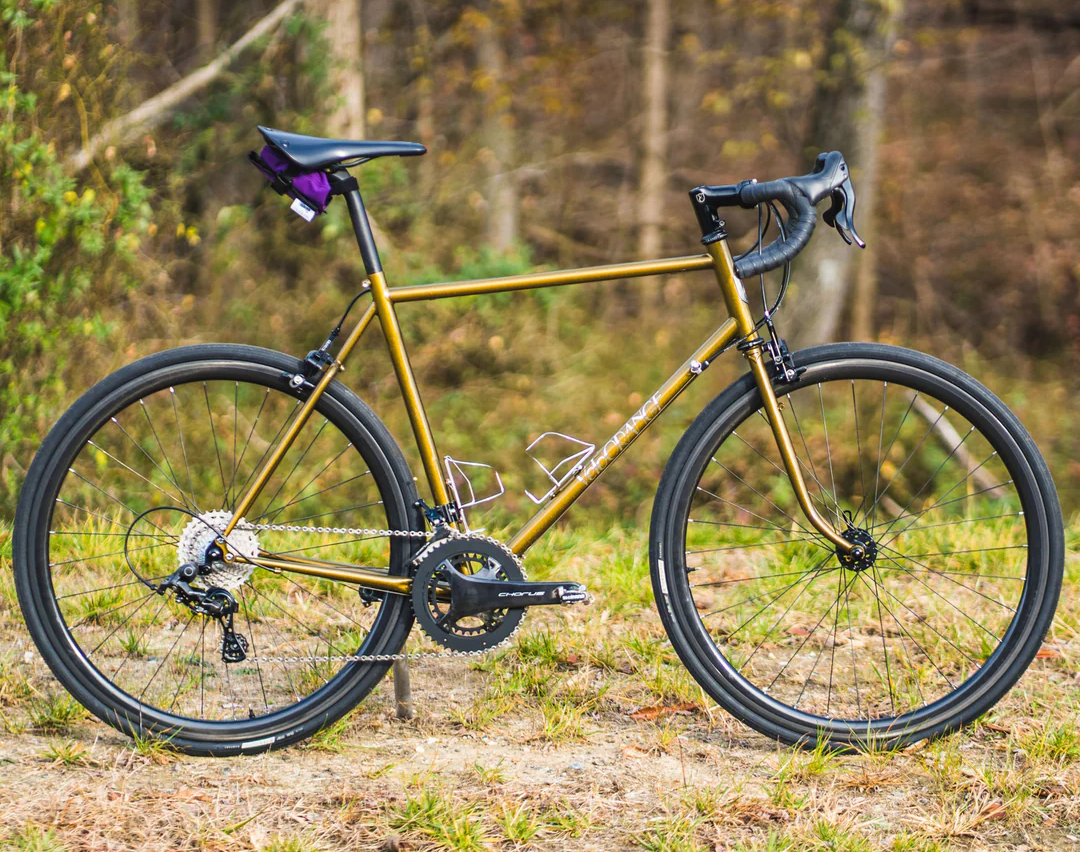
Velo Orange Rando The Velo Orange Rando is a thin-tubed, double-butted steel, rim-brake frame with variable dropouts that allow for greater flexibility in drivetrain modification. This frameset embodies classic randonneur principles with modern manufacturing techniques, offering riders a traditional experience with contemporary reliability.
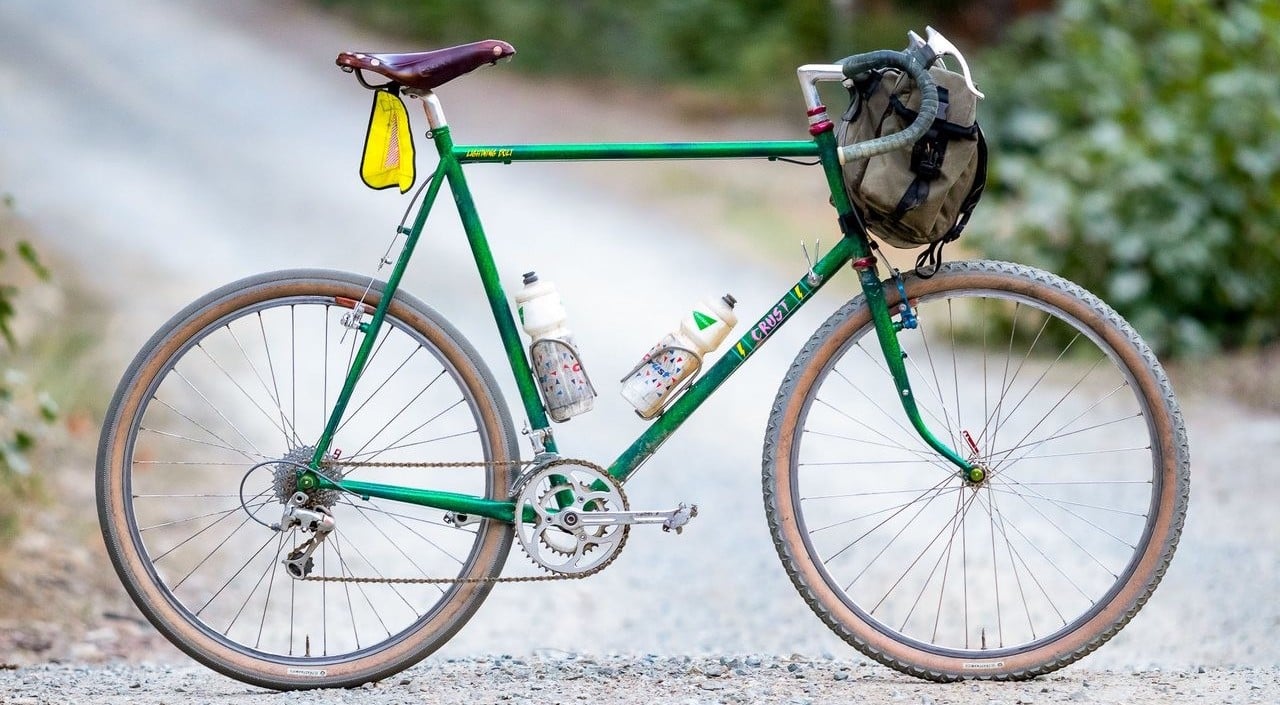
Crust Lightning Bolt The Crust Lightning Bolt gained significant attention in the cycling community for its distinctive styling and excellent performance characteristics. This bike bridges the gap between randonneur and modern gravel bike design, featuring aggressive yet comfortable geometry that works well for both loaded touring and spirited riding.
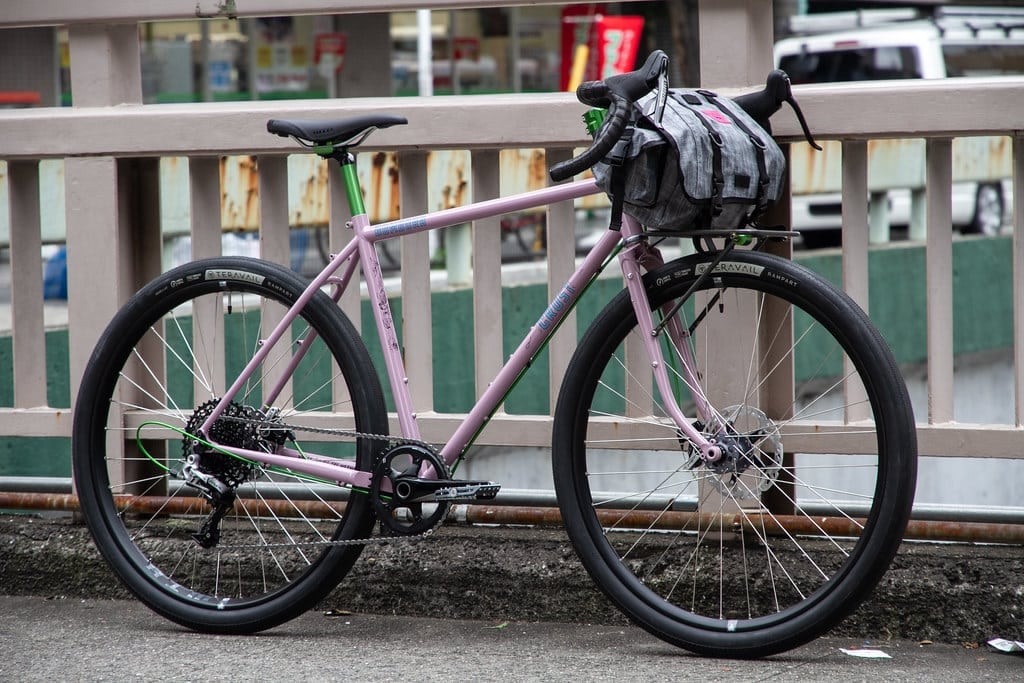
Crust Bikes Bombora The Bombora represents Crust’s take on the modern adventure bike with strong randonneur influences. Built with versatile geometry that accommodates wide tires and various load configurations, the Bombora appeals to riders who want randonneur capabilities with contemporary trail bike attitude.
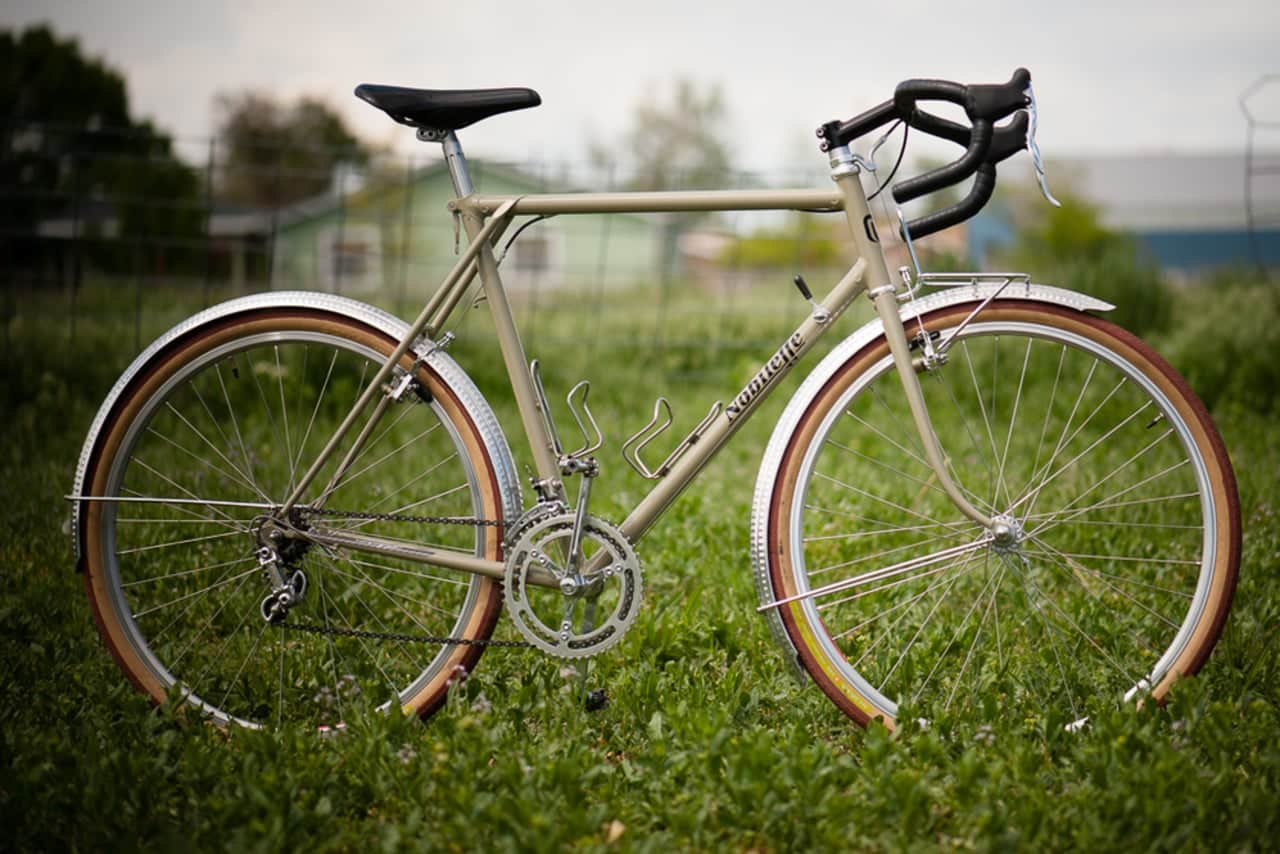
Nobilette 650B Randonneur Nobilette creates randonneur bikes that pay homage to classic French constructeur traditions while incorporating modern materials and techniques. Their 650B models feature the distinctive low trail geometry and elegant aesthetics that define the randonneur category, with careful attention to component integration and overall balance.
Vintage-Inspired and Heritage Models
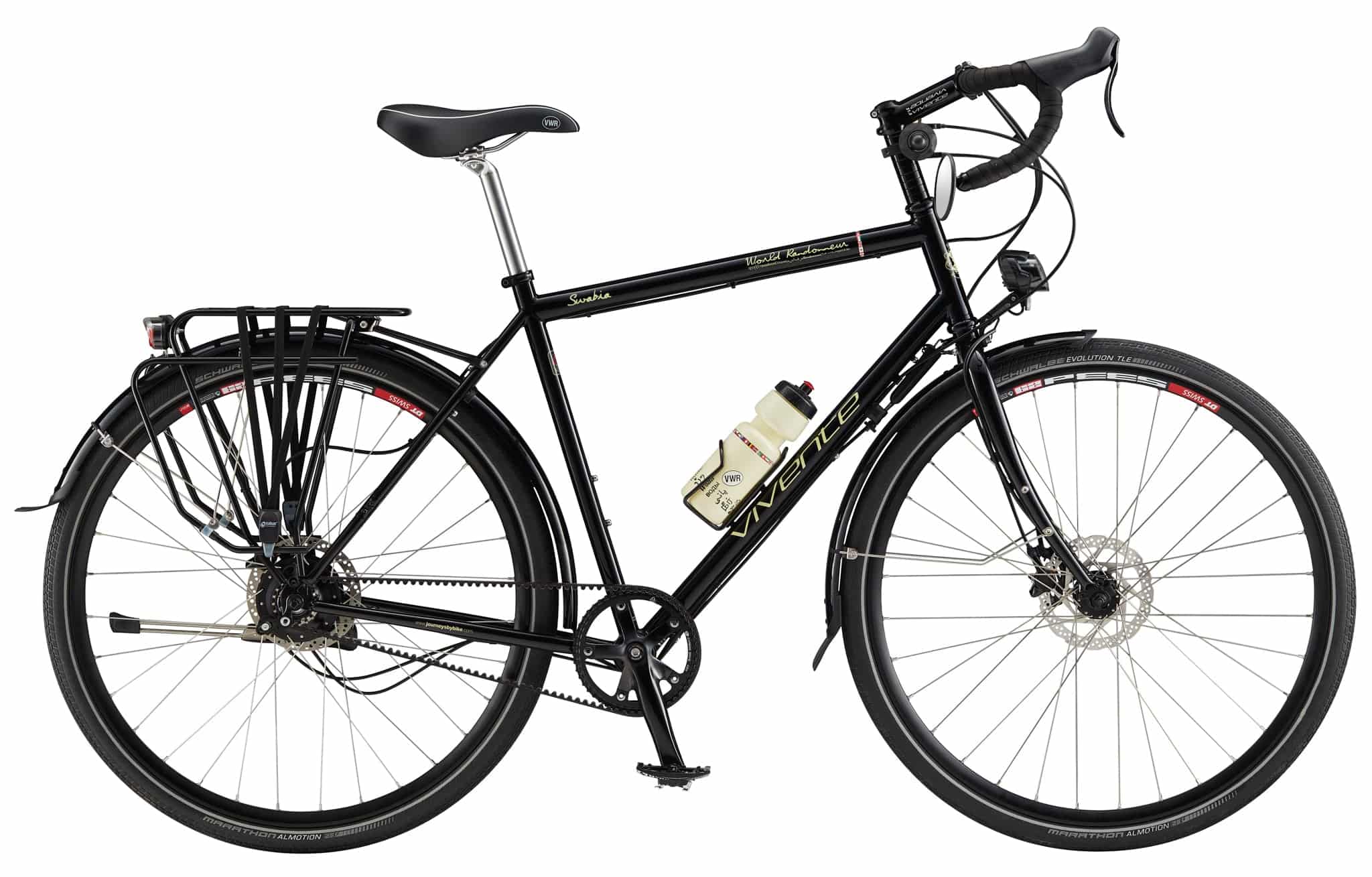
Vivente World Randonneur Swabia Vivente’s World Randonneur models draw inspiration from classic European touring and randonneur traditions. The Swabia features robust construction designed for loaded touring and long-distance events, with geometry that balances comfort and efficiency for serious mileage accumulation.

Masi Speciale Randonneur Elite The Masi Speciale Randonneur Elite represents the Italian manufacturer’s interpretation of the French randonneur tradition. These bikes feature classic steel construction with modern components, offering the distinctive low trail geometry that characterizes true randonneur bikes while providing contemporary reliability and performance.
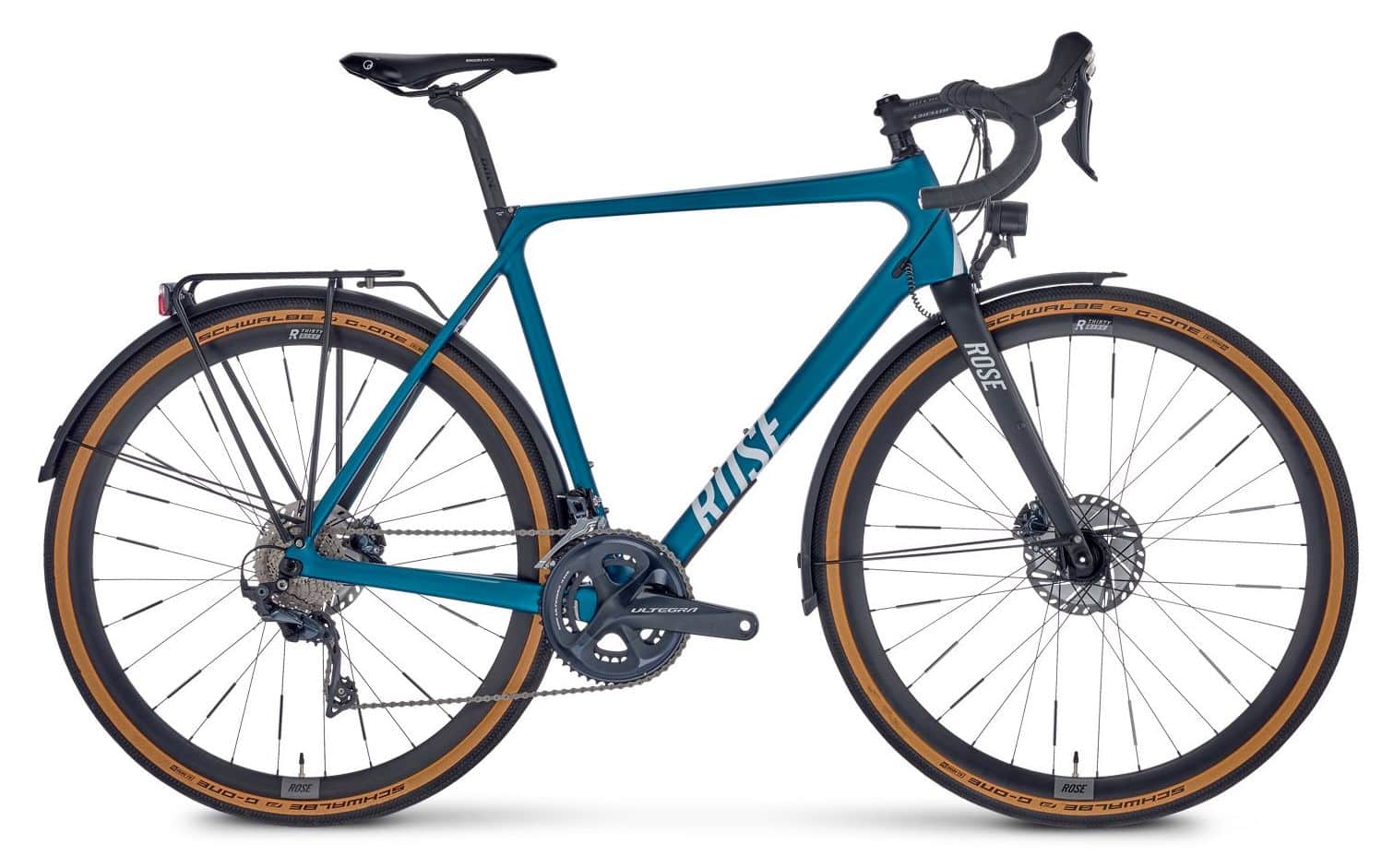
Rose Backroad Randonneur Ultegra Rose’s Backroad Randonneur combines German engineering precision with traditional randonneur design principles. Spec’d with quality components like Shimano Ultegra, these bikes offer excellent performance for riders who want a complete package without the complexity of custom building.
Boutique and Artisan Builders
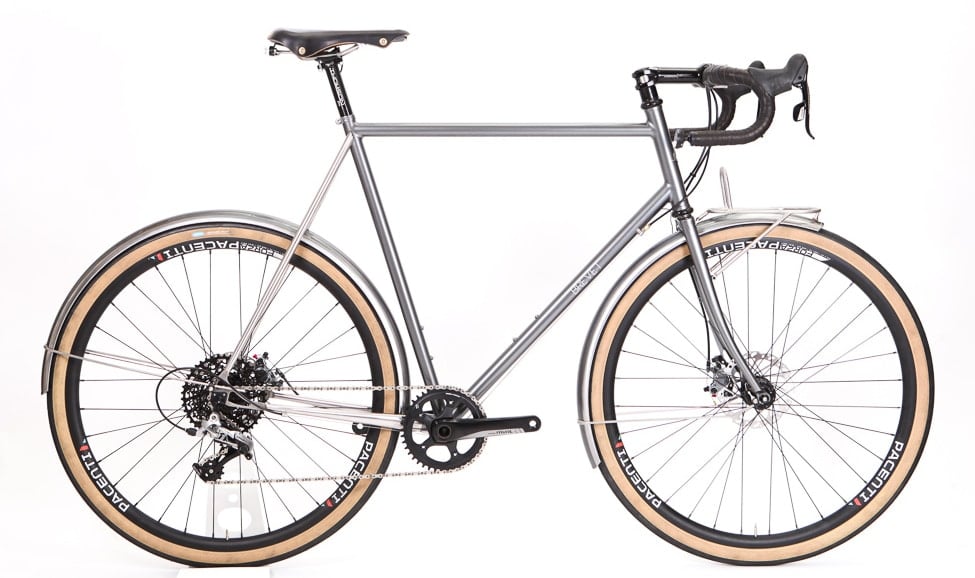
Brevet Cycles The Flow Brevet Cycles specializes in creating bikes specifically for randonneuring and long-distance cycling. The Flow model incorporates lessons learned from competitive randonneuring, featuring geometry and component choices optimized for efficiency and comfort during extremely long rides.
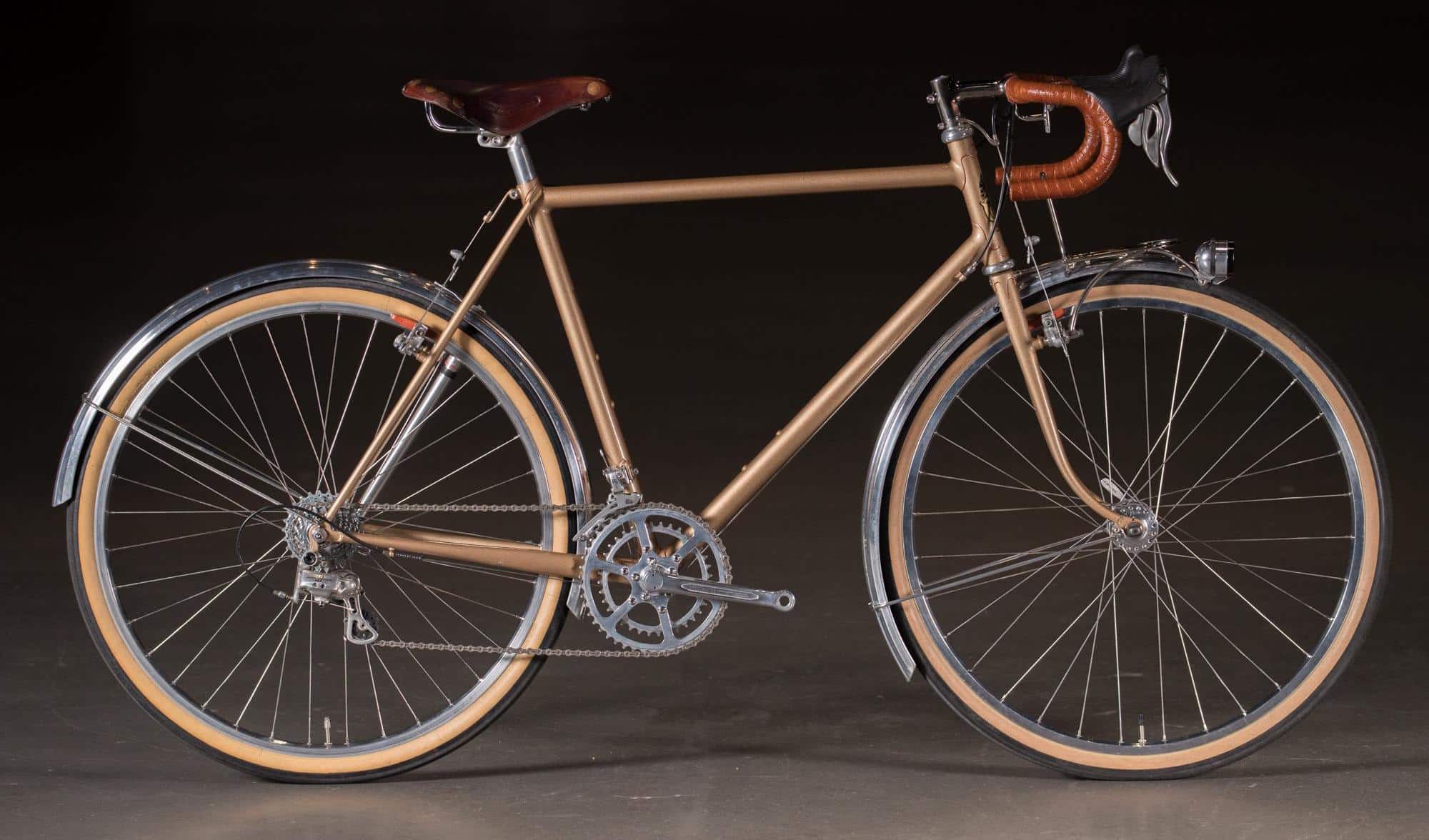
Johnny Coast Randonneur Johnny Coast builds distinctive randonneur bikes with a focus on individual customization and attention to detail. These bikes feature thoughtful touches that enhance the long-distance riding experience, from careful cable routing to optimized geometry for front-loaded configurations.

Twin Six Standard Rando Twin Six’s Standard Rando offers a modern interpretation of classic randonneur design with contemporary styling and manufacturing techniques. These bikes balance traditional randonneur capabilities with updated aesthetics and component compatibility.
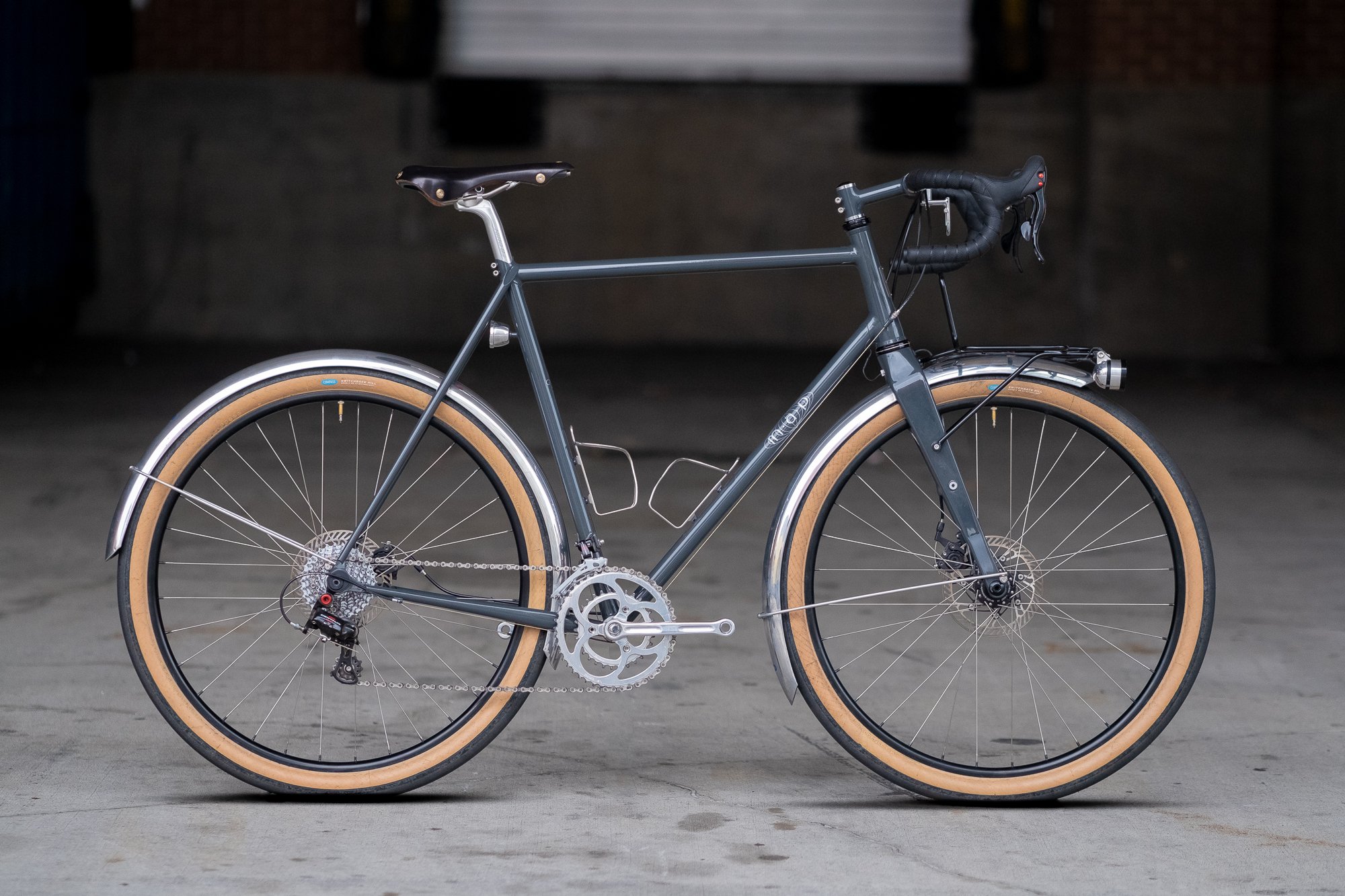
MAP Cycles 650b Disc Rando Bike MAP Cycles creates randonneur bikes with modern disc brake systems while maintaining traditional geometry and aesthetic principles. Their 650b models offer the comfort and handling advantages of smaller wheels with contemporary stopping power and component options.

Panasonic NAHBS Randonneur Panasonic’s custom randonneur builds showcase the Japanese manufacturer’s attention to detail and quality construction. These bikes often feature unique paint schemes and component selections that highlight the builder’s craftsmanship while delivering excellent riding characteristics.
Choosing the Right Randonneur Bike
Determining Your Needs
Before selecting a randonneur bike, consider your intended use:
- Distance Goals: Are you planning 200km brevets or 1200km grand randonnées?
- Load Requirements: How much gear do you need to carry?
- Terrain: Will you be riding primarily on pavement or mixed surfaces?
- Budget: Custom builds can cost $3000-8000+, while production options start around $1000-2000
Key Specifications to Consider
Frame Size and Fit: Randonneur bikes should provide comfort for extremely long rides. Professional fitting is highly recommended, especially given the unique geometry characteristics.
Wheel Size: Traditional 700c wheels offer the widest tire selection, while 650b provides improved comfort and handling characteristics that many riders prefer for loaded touring.
Drivetrain: Modern compact doubles with wide-range cassettes often provide better gear ratios than traditional triples while offering improved reliability and easier maintenance.
Brake Type: Rim brakes are traditional and lighter, while disc brakes provide better performance in wet conditions and with loaded bikes.
Modern Randonneuring Equipment
Essential Accessories
Lighting Systems: Dynamo hub-powered lighting systems are highly popular among randonneurs, providing reliable illumination without battery concerns during long events.
Bags and Storage: Purpose-built randonneur bags, including large handlebar bags and seat packs, distribute weight optimally while maintaining bike handling.
Navigation: GPS computers and smartphone mounts have largely replaced traditional map cases, though many events still require paper backup navigation.
Weather Protection: Quality fenders and appropriate clothing systems are essential for completing events in various weather conditions.
The Future of Randonneur Bikes
The randonneur bike category continues to evolve while maintaining its essential character. Modern developments include:
- Material Innovations: While steel remains preferred, some builders experiment with titanium and carbon fiber
- Electronic Integration: GPS navigation, electronic shifting, and dynamo-powered USB charging
- Tire Technology: Wider, more comfortable tires with improved puncture resistance
- Disc Brake Adoption: Increasing acceptance of disc brakes for improved performance
Randonneur bikes represent a unique approach to bicycle design that prioritizes the specific needs of long-distance endurance cycling. Whether you choose a classic steel frame from a custom builder or a modern production bike with updated components, these machines offer a distinctive riding experience that connects you to cycling’s rich endurance tradition.
The combination of comfortable geometry, practical features, and thoughtful design makes randonneur bikes excellent choices not just for organized brevets, but for any rider who values comfort, efficiency, and the ability to carry essential gear on long rides. As interest in self-supported adventure cycling continues to grow, randonneur bikes provide a time-tested foundation for exploring the world by bicycle.
For riders considering entering the world of randonneuring, these bikes offer an authentic connection to one of cycling’s oldest and most challenging disciplines. The emphasis on self-sufficiency, careful pacing, and mechanical reliability that defines randonneuring culture is perfectly embodied in the thoughtful design of a well-built randonneur bike.


